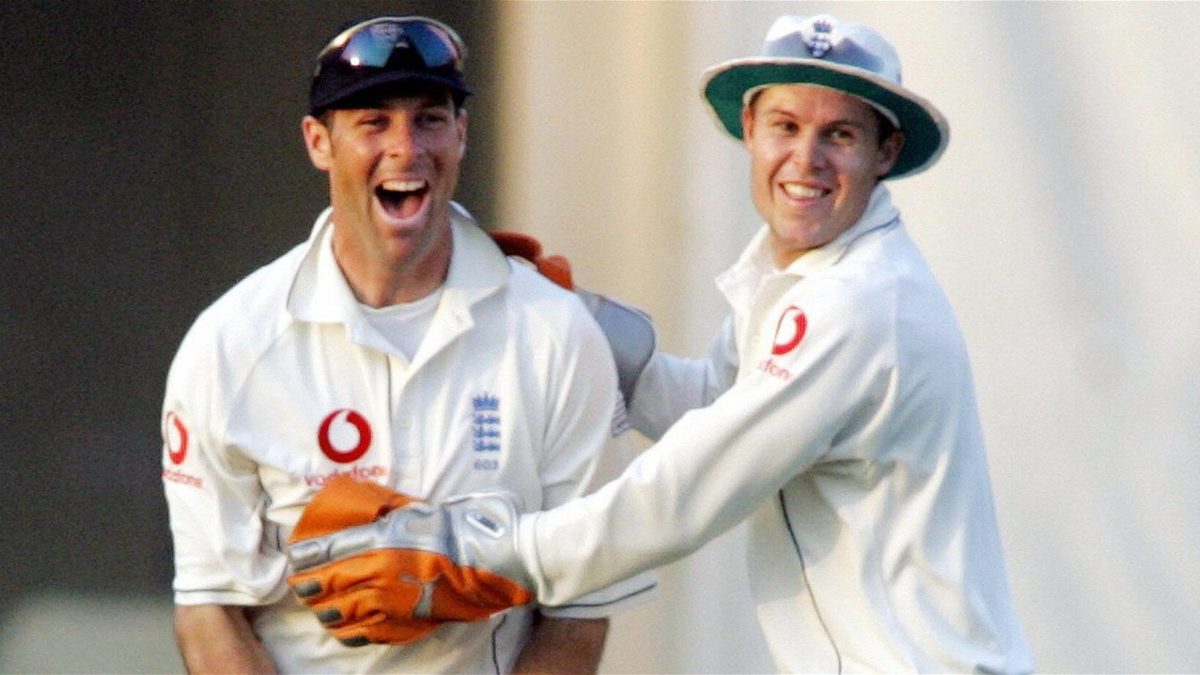
A Test debut is a treasured moment in the career of any cricketer lucky enough to earn one, but for England wicketkeeper Geraint Jones, it quickly turned into a slog as West Indies captain Brian Lara batted on and on to register Test cricket’s first quadruple century.
Jones felt Lara should have been given out caught behind on nought, which would have given him a memorable first Test dismissal, but tried to make the best of a bad situation. He appreciated having the best view in the house for a batting masterclass, and kept tidily behind the stumps too.
For a while, he even had his eye on a world record, having gone a long stretch without conceding a bye. At the time, the marker stood at the 671-4 conceded by Sri Lanka against New Zealand in 1991, with Hashan Tillakaratne behind the stumps, but as West Indies cruised past 700 and Lara neared 400 with Jones’ copy book still unblotted, he dared to dream.
However, Marcus Trescothick would put paid to his hopes. His part-time seamers were needed for 18 overs due to the workload on England’s other bowlers and the fact that Stephen Harmison had been banned from bowling earlier in the innings for repeated encroachment on the wicket in his follow through. On the final ball he bowled, disaster struck, with four byes going against Jones’ name.
“We were down a few bowlers – Harmy had been removed from the attack for running on the wicket – so almost everyone had to have a go,” said Jones. “Tres [Marcus Trescothick] bowled 18 overs! He cost me a world record for byes actually. The total had got to over 500 without me conceding any, I was standing up to the wicket to him, he threw one wide down the leg side and I couldn’t get anything on it. I had no chance.”
While Tillakaratne’s mark has now been surpassed on four occasions, the world record is currently held by Prasanna Jayawardene, who conceded no byes during India’s 726-9 against Sri Lanka at Mumbai in 2009. Had it not been for Trescothick’s radar going awry, Jones would still be in pole position to this day.








